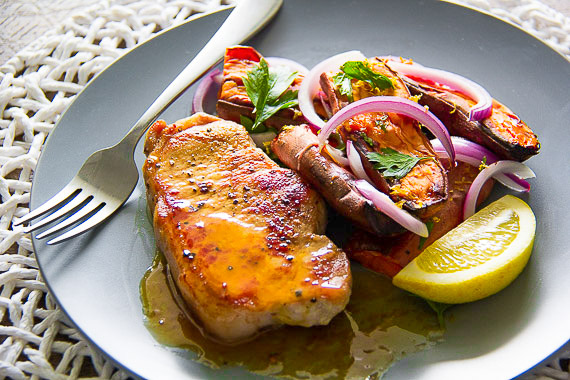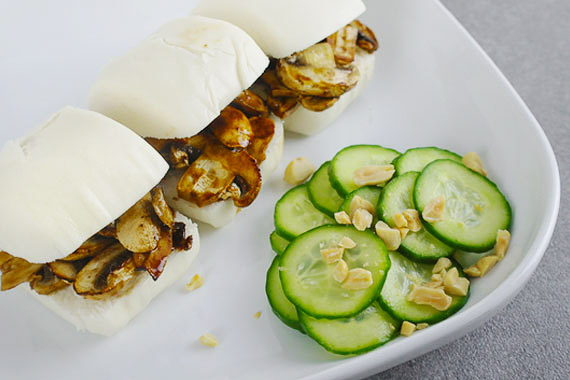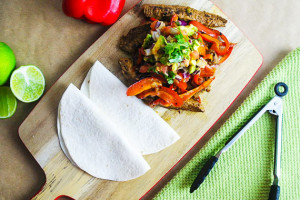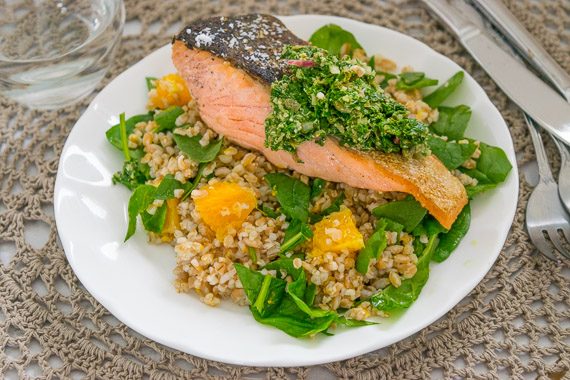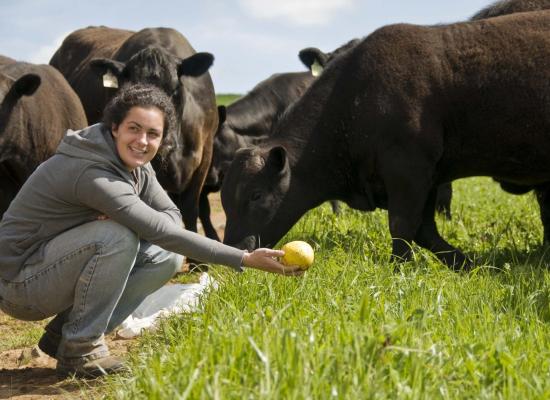Sweet potatoes, also known as kumera, are originally from Central and South America and have been cultivated for at least 10,000 years. Our ancient ancestors where definitely on to something and modern science has revealed that sweet potato is packed with potassium, Vitamins A and C, is high in calcium and highly digestible.
While the most commonly available type is orange, sweet potatoes also come in white, yellow, pink, and purple. The orange and yellow types contain the most vitamin A, while the purple variety has the highest rates of antioxidants. Its name and sweet taste is thanks to enzymes that convert most of its starches into sugar as the potato matures. Moreover, its sweetness continuous to increase during storage and when they are cooked.
In Western Australia, sweet potatoes are grown all year. Despite this, most sweet potatoes sold and consumed are actually imported from Queensland (they grow most the countries supply). There are 3 key growing regions in WA, each with different harvest months. Carnarvon is best between December and February, as well as August and September. Broome has good supply from December to March and the Perth area has a short but awesome harvest window from February to March and May to June. Sweet potatoes take 4-5 months to develop which makes them a relatively long-term investment for our local growers. We work with our partners at the Canning Vale market to source the best sweet potato from the WA region that is producing the sweetest and best produce at the time.
When cooking, the great news is that sweet potato doesn’t take long to prepare. Additionally, cooking them will help maximise the nutritional value. Simply cutting it into ½ inch slices and steaming for about 7 minutes is enough to bring out their fantastic flavour.
For an exciting way to try sweet potatoes, read our Seared Pork Loin Chops with Roasted Sweet Potato Salad – It’s fantastic!
